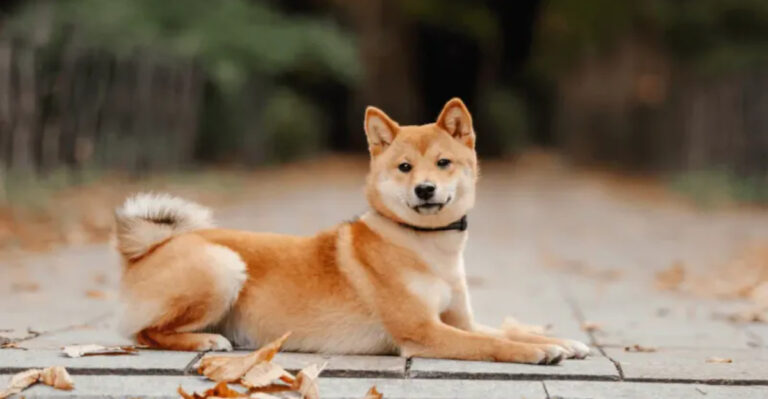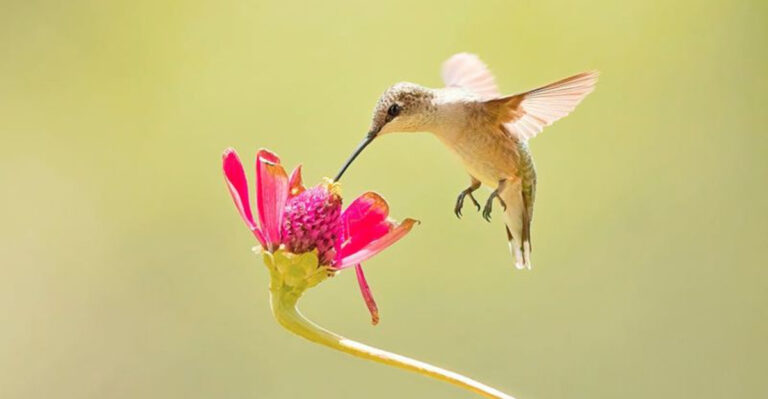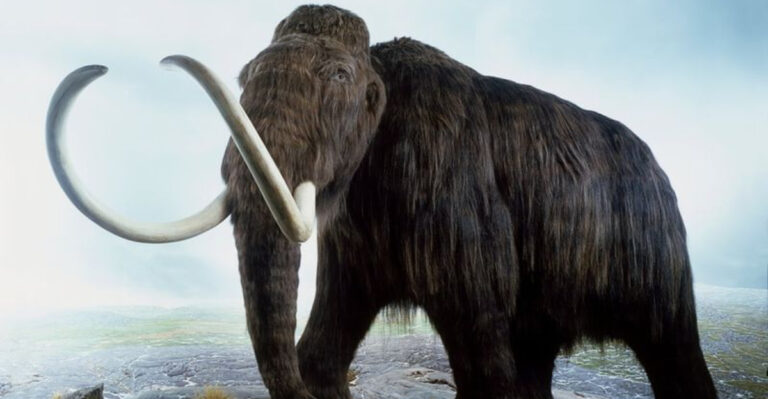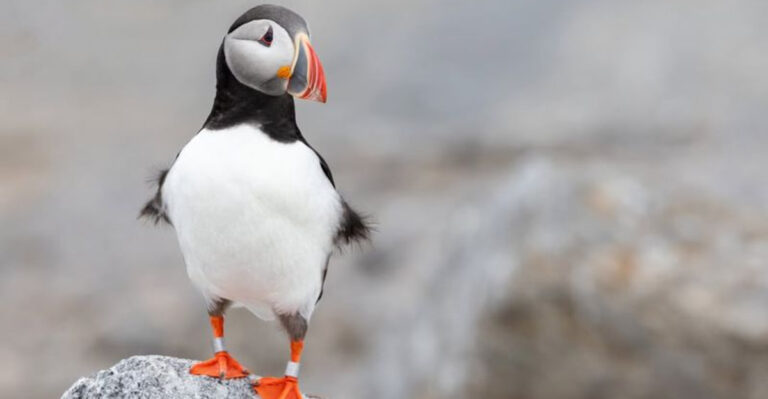14 Major Reasons Why Pollinators Are Disappearing Faster Than Ever
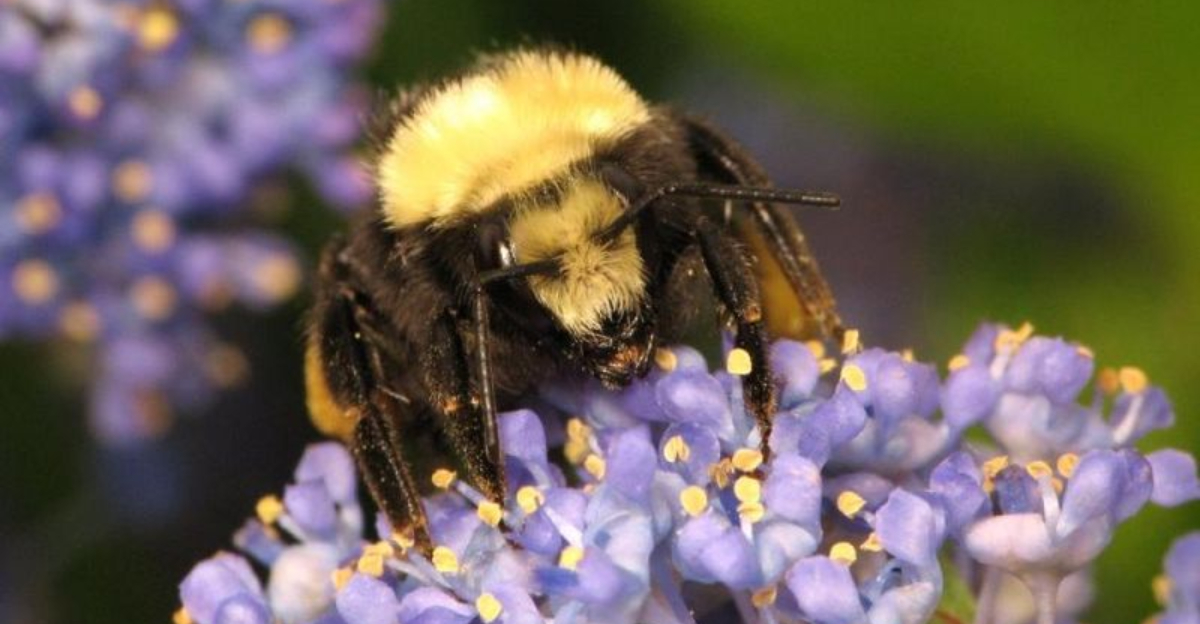
Buzzing bees, fluttering butterflies, and darting hummingbirds do more than add beauty to our gardens. These hardworking creatures pollinate about 75% of the world’s flowering plants, including many of the foods we eat daily.
But alarmingly, pollinators are vanishing at unprecedented rates worldwide, threatening both wild ecosystems and our food security.
1. Pesticide Poisoning
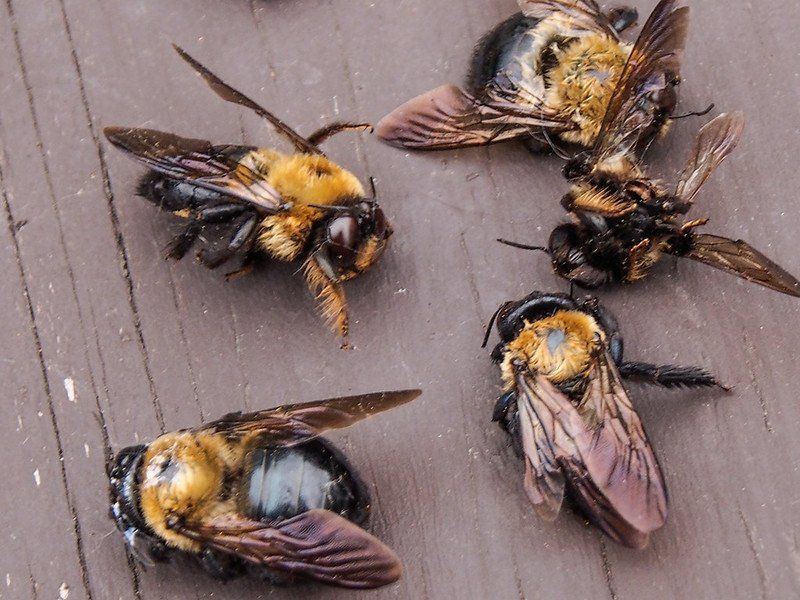
Farmers and gardeners spray chemicals to kill unwanted bugs, but these toxins don’t discriminate. Neonicotinoids, a common pesticide family, attack insect nervous systems and remain in plant tissues for months.
Even small doses can disorient bees so they can’t find their way home. Many poisoned pollinators die immediately, while others bring contaminated pollen back to their colonies, slowly poisoning entire communities.
2. Habitat Loss
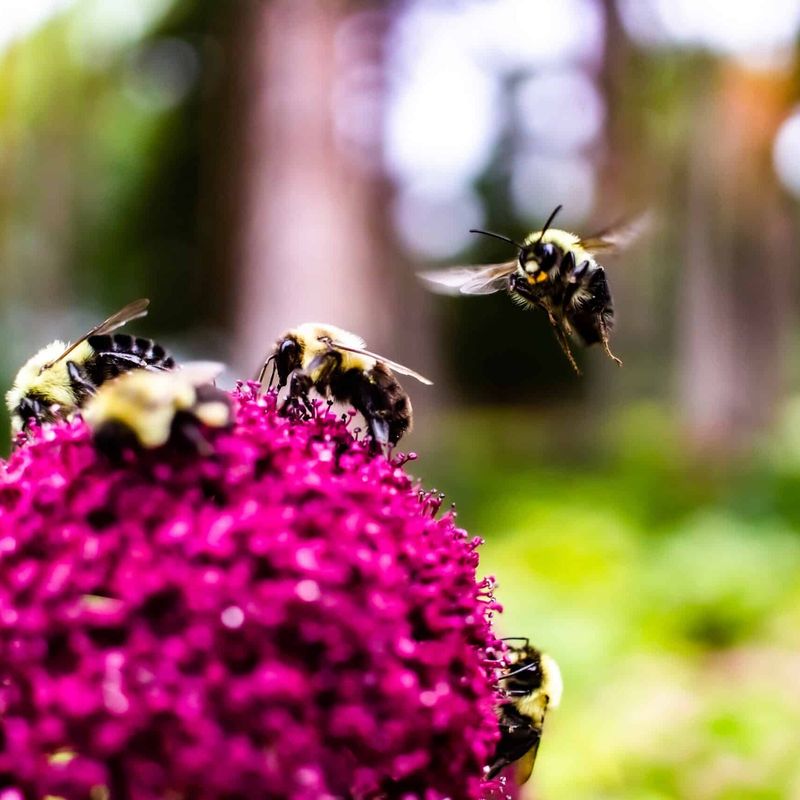
Wild meadows, forests, and natural landscapes are rapidly transforming into shopping centers, housing developments, and farmland. When bulldozers clear native flowering plants, pollinators lose their food sources and nesting sites overnight.
Urban sprawl creates concrete deserts where once-vibrant ecosystems thrived. Without sufficient connected green spaces, pollinator populations become isolated, leading to inbreeding and reduced genetic diversity among surviving groups.
3. Climate Change
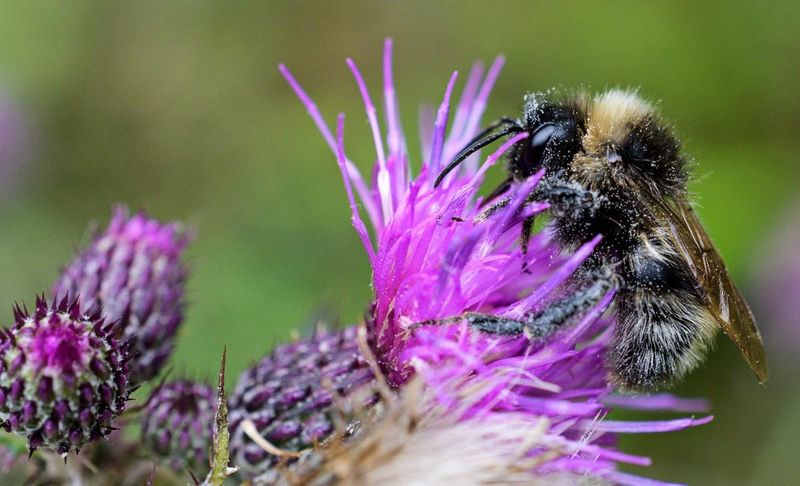
Rising temperatures throw nature’s timing into chaos. When flowers bloom earlier due to warming springs, they might miss their regular pollinators who haven’t adjusted their schedules.
Extreme weather events like droughts, floods, and unseasonable frosts kill both plants and pollinators directly. Some butterfly species now fly at different times or places than their host plants grow, leaving caterpillars without food and adults without places to lay eggs.
4. Monoculture Farming
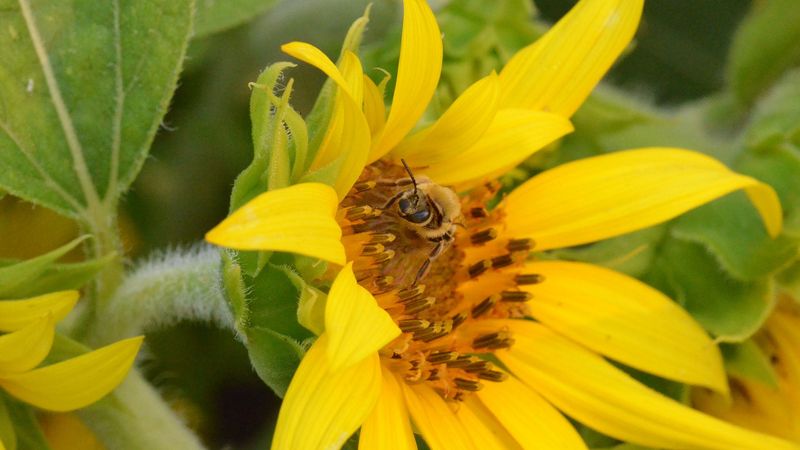
Modern agriculture often features endless fields of identical crops. These green deserts might look productive to humans but offer pollinators just one food source available for only a few weeks yearly.
The rest of the season brings starvation. Imagine eating only apples for three weeks, then nothing for months! Plus, large single-crop fields typically receive heavy pesticide treatments, creating toxic zones where few beneficial insects can survive.
5. Parasites And Diseases
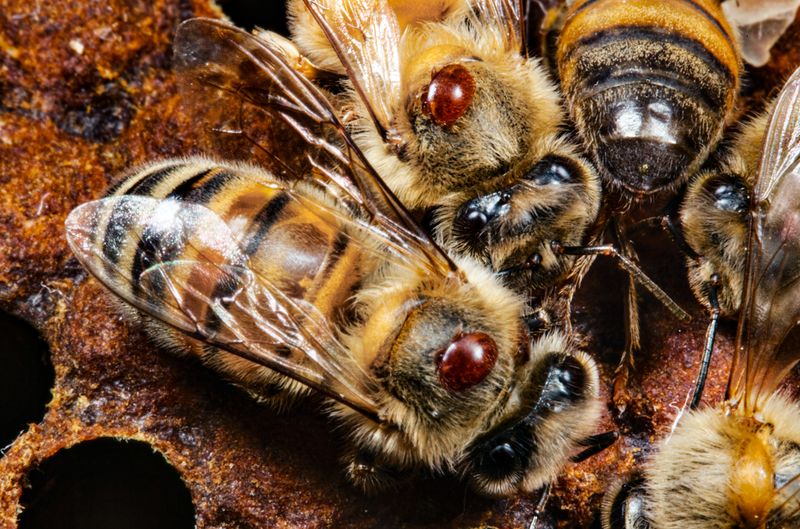
Varroa mites, tiny vampires that suck bee blood and spread viruses, have devastated honeybee populations worldwide. When colonies weaken from other stressors, they become more vulnerable to these parasites.
Global bee shipping for commercial pollination services spreads diseases to new regions. Wild bumblebees catch viruses from their domesticated honeybee cousins. Some butterfly populations face similar threats from introduced parasites their immune systems never evolved to fight.
6. Light Pollution
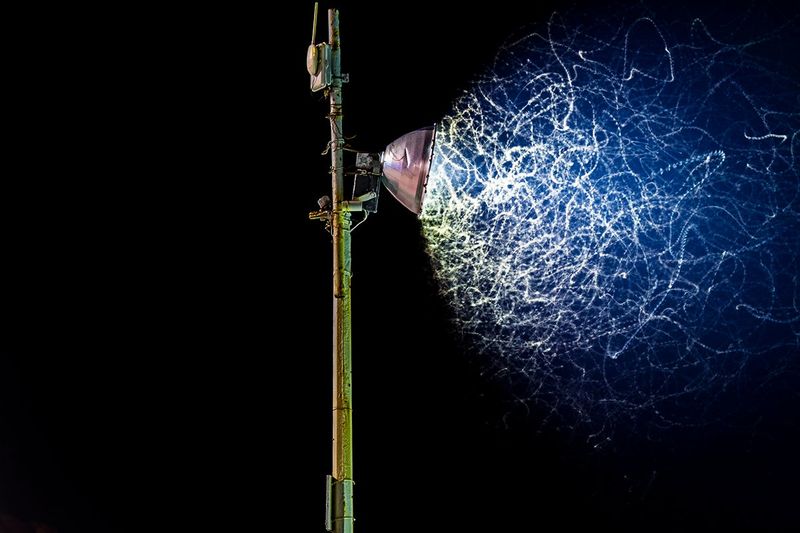
Artificial lighting disrupts the natural behaviors of night-flying pollinators like moths, which make up about 75% of all Lepidoptera species. Bright streetlights and illuminated buildings create false moons that confuse these important creatures.
Moths circle lights until exhaustion instead of pollinating or finding mates. Research shows light pollution reduces pollination success by 62% in some plant species. Even daytime pollinators suffer when nighttime lights interfere with their sleep cycles.
7. Invasive Species
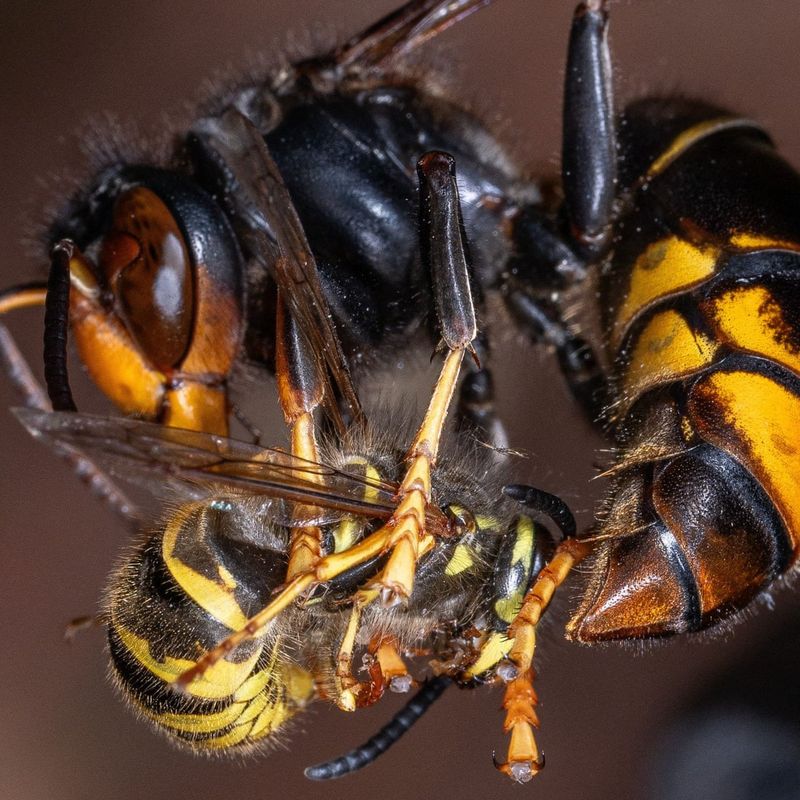
Non-native plants, animals, and insects introduced to new regions often become ecological bullies. Aggressive foreign plants outcompete native flowering species that local pollinators depend on, creating food deserts.
Invasive predators like Asian hornets hunt and kill native bees. Some exotic insects outcompete native pollinators for limited resources. The delicate balance that evolved over thousands of years unravels quickly when newcomers arrive without natural checks and balances.
8. Roadway Mortality
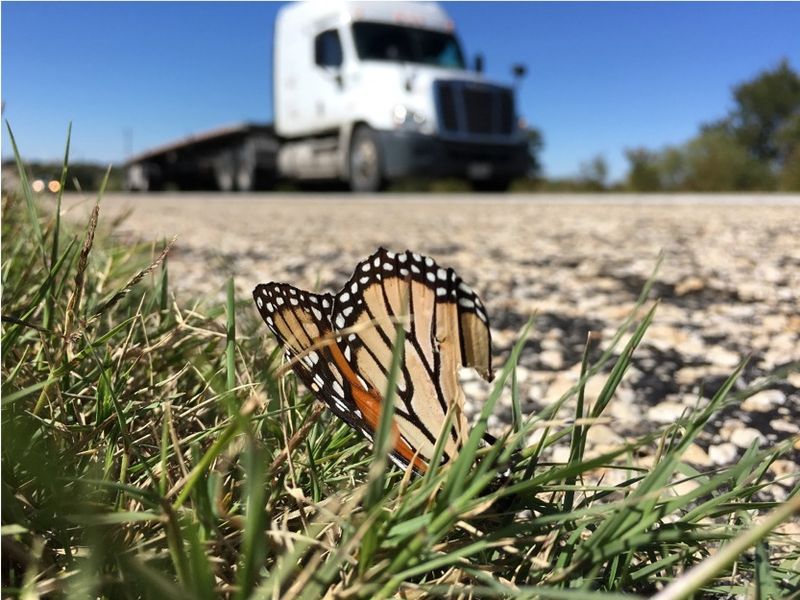
Our expanding network of highways creates deadly barriers for pollinators. Butterflies, bees, and other flying insects frequently become windshield casualties while crossing roads in search of food or mates.
Studies estimate that hundreds of billions of insects die annually from vehicle collisions. Road salt and exhaust pollution further degrade roadside vegetation that might otherwise support pollinators. The fragmentation of habitat by roads isolates populations and prevents genetic exchange.
9. Herbicide Use
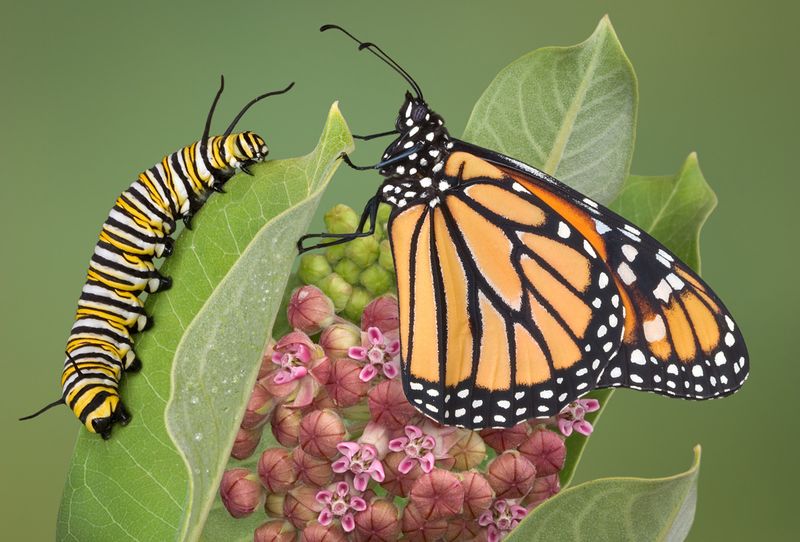
Weed killers eliminate what humans consider nuisance plants, but many so-called weeds are crucial food sources for pollinators. Dandelions, clover, and wildflowers disappear from treated landscapes, taking vital nectar and pollen with them.
Monarch butterfly populations have plummeted partly because herbicides have decimated milkweed plants, the only food their caterpillars can eat. Perfect green lawns and weed-free farms might look tidy to us but represent starvation zones for hungry pollinators.
10. Colony Collapse Disorder
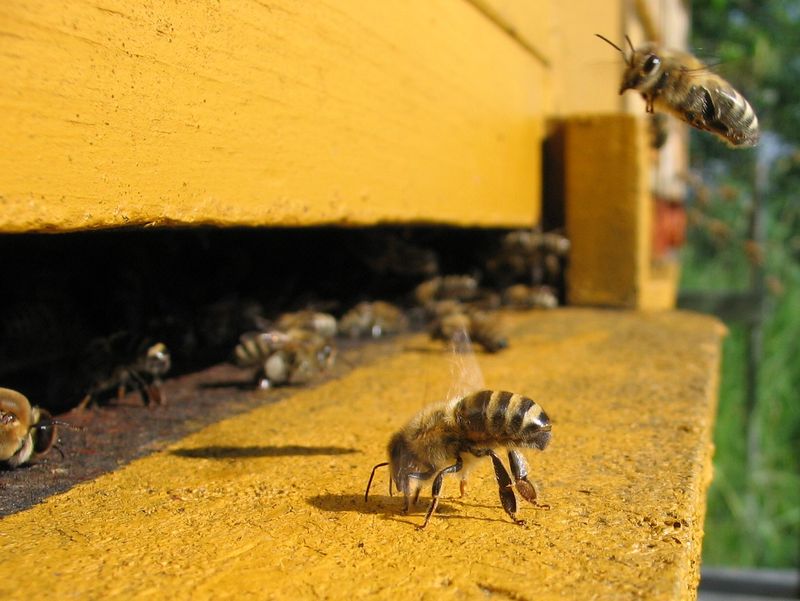
This mysterious phenomenon causes worker honeybees to suddenly abandon their hives, leaving queens and young bees behind. First identified in 2006, CCD devastated commercial beekeeping operations, with some losing up to 90% of their colonies.
Scientists believe multiple factors combine to trigger CCD, including pesticides, parasites, poor nutrition, and stress from commercial transportation. The syndrome highlights how various threats can interact, creating catastrophic outcomes greater than any single factor would cause alone.
11. Commercial Beekeeping Stress
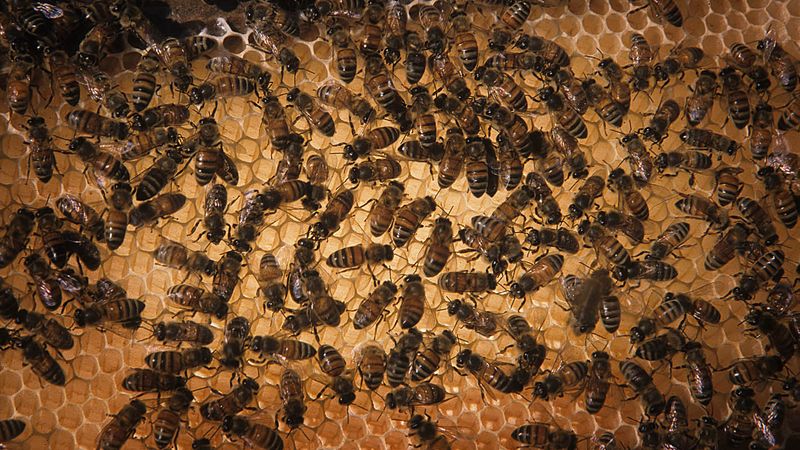
Honeybees transported across countries for crop pollination services face extraordinary stress. Loaded onto trucks and shipped thousands of miles, colonies experience temperature fluctuations, vibration damage, and nutrition disruption.
Commercial hives often receive artificial diets when natural forage isn’t available, similar to humans living on vitamin pills instead of real food. These practices weaken bee immune systems. Additionally, concentrating thousands of hives in one location spreads diseases and forces competition for limited floral resources.
12. Air Pollution
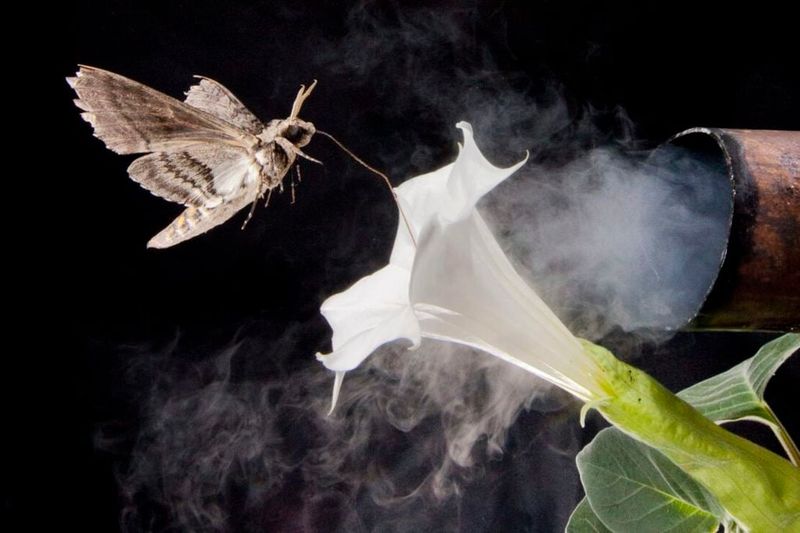
Smog and air contaminants interfere with the delicate chemical signals between plants and pollinators. Flowers produce scents to attract specific insects, but these fragrant molecules break down quickly in polluted air.
Bees and moths that navigate by smell become confused in contaminated environments. Studies show air pollution can reduce a flower’s scent travel distance by up to 75%. Pollutants also coat pollen grains, making them less nutritious and sometimes toxic to the creatures that collect them.
13. Lack Of Genetic Diversity
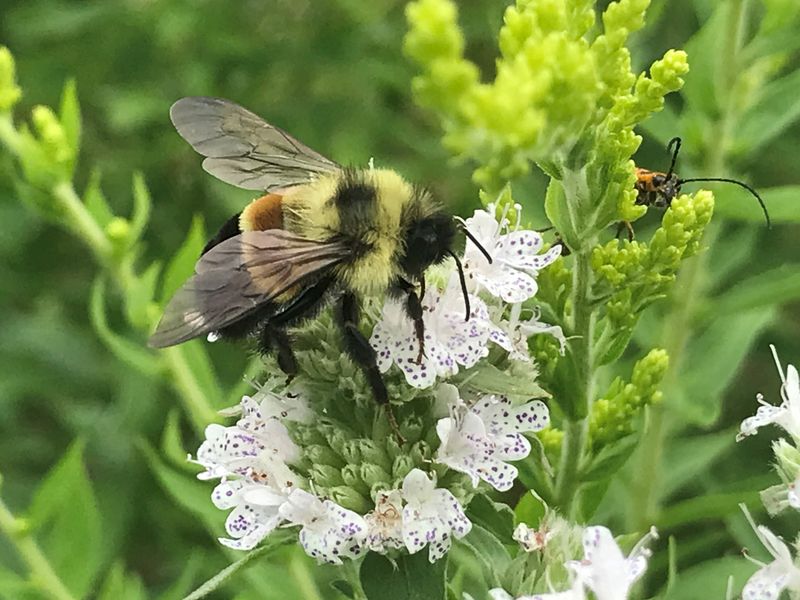
Many pollinator populations have become isolated in habitat fragments, leading to inbreeding. Just like with humans, close relatives producing offspring results in genetic weaknesses and vulnerability to diseases.
Commercial honeybees face similar problems, with most U.S. colonies descending from a limited genetic pool. Wild bee populations trapped in small habitat patches can’t exchange genes with distant groups. This genetic bottleneck reduces their ability to adapt to new threats or changing conditions.
14. Climate-Driven Range Shifts
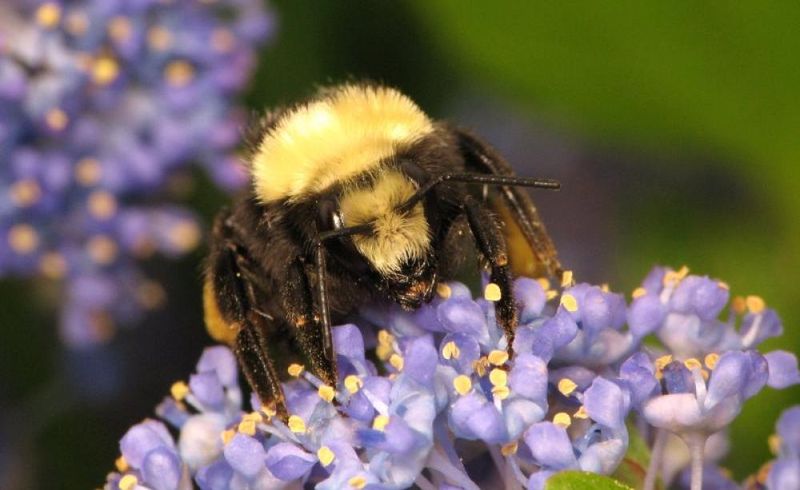
As temperatures warm, many plant and pollinator species must move northward or to higher elevations to find suitable conditions. Not all species can relocate at the same pace, disrupting relationships that evolved over millennia.
Mountains create particular challenges, as species running out of upward space have nowhere to go. Some bumblebee species have already disappeared from the southern portions of their historic ranges without fully establishing in new northern territories, effectively squeezing their populations into smaller areas.


